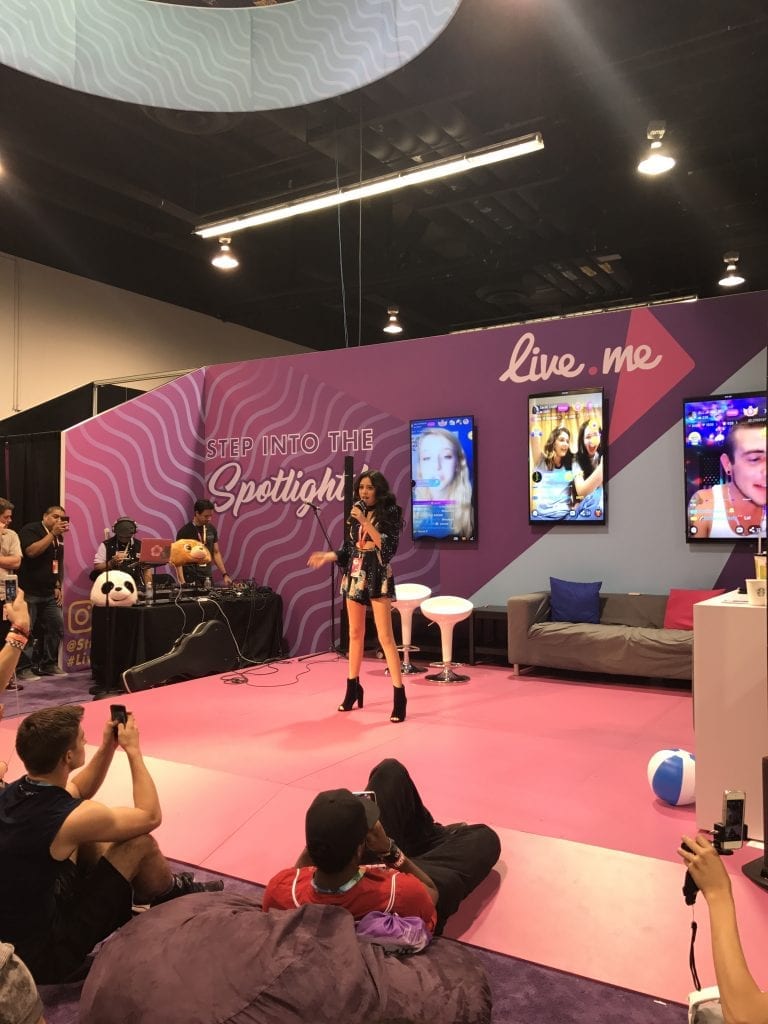 After networking and learning among the 20,000 attendees, ranging from influencers to brands and agencies, at VidCon 2017 we came away with four considerations for brands and their influencer marketing strategies.
After networking and learning among the 20,000 attendees, ranging from influencers to brands and agencies, at VidCon 2017 we came away with four considerations for brands and their influencer marketing strategies.
1. Influencers & brands have one big thing in common – both crave longevity.
- Brands love seeing their content on a creator’s channels, but sometimes crave more after the initial creative piece has launched, wishing they’d signed on for more than just a launch or single program.
- Creators like to build brand relationships because it allows them to embrace the brands they love. They know how to authentically promote their partners in a way that will get the most shares. Creators are proud of the brands they work with, but they need to be given the ability to make the brand a hero in a way that feels natural to their audience.
The return is sustained brand promotion and an audience that is happy to consider buying your products. In a presentation by Jessica Thorpe, President of gen.video, and Tish Valles, EVP Strategy at Geometry Global, they shared that 76 percent of consumers say social is a main source of inspiration in what they buy.
2. Live technology is having a huge impact.
Creators believe it is some of the most powerful content to connect with their fans because it’s a real glimpse into their everyday. Consider these insights from three of the top social platforms:
- 20 percent of videos on Facebook are live, and daily watch time has grown 5x year over year.
- Facebook’s “Live With” allows influencers to pull other people into their livestreams. Not only does this capitalize on the popular trend of influencers teaming up in their videos, but it also allows them to directly interact with fans in real time.
- Live Replay now gives creators the ability to share their live broadcast in Instagram Stories, which means followers can go back and watch, extending the video’s reach beyond just those who caught it live.
Musical.ly
- The app already has an insanely engaged audience – the 13-21 year old average user spends more than 30 minutes a day on it. Now they’ve launched Lively, a live-streaming app, which was the number one download the day it launched… even though it wasn’t officially even ready to be used!
3. Determine the power of an influencer’s audience, even if they don’t have the biggest numbers.
At the Allyship in Advertising session, we learned that by 2045, 51 percent of all Americans will be multicultural consumers, but these consumers don’t always see themselves well represented by brands in their influencer work.
According to several creators, diversity, especially on a platform like YouTube, is increasingly important to consumers when making purchasing decisions. One creator said, “if I don’t see myself in the ad then I don’t see myself using that product.”
In multiple sessions, high reaching influencers themselves suggested that brands partner with influencers who are the most authentic fit for their product, not just those with the highest reach. This aligns with Ketchum’s strategy to focus on an influencer’s relevance and resonance in addition to reach when determining which influencer is the best fit for a campaign.
4. The only thing that is constant is change.
If there’s one big challenge with building the right influencer marketing strategy, it’s that things change SO fast. Many of the topics and technologies covered at VidCon 2017 did not even exist during VidCon 2016, so it is important to partner with experts who have their finger on the pulse of this ever-evolving industry. Reach out if your influencer strategy could use some fresh thinking on how to capitalize on these trends!



